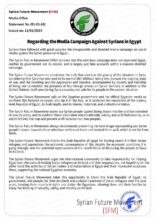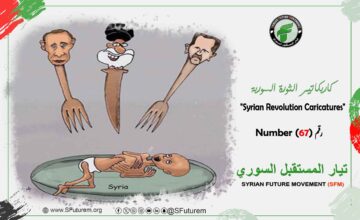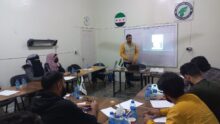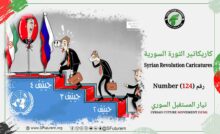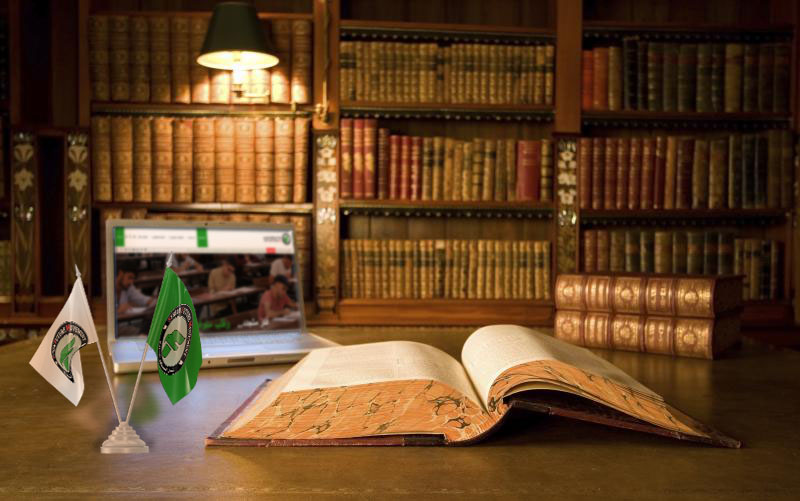
Objective: This research paper aims to identify the components of media planning, which are the essential pillars upon which media planning is built.
Paper Outline:
- Introduction
- Media Research
- Supervisory Body
- Media Training
- Conclusion
- References
Introduction:
For media planning to succeed, it requires a set of components that serve as pillars on which media planning relies, and these are essential for any media plan.
First: Media Research:
It is the fundamental material for media planning, as it allows for the collection of accurate information that helps in setting goals and determining the path of the media plan, in addition to its contribution to evaluating plans and assessing their results, which assists in shaping policies and preparing future plans.1
The importance of research is also determined by the type of functions it performs, which are:
- Descriptive function, which involves gathering information and data useful for the planning body by knowing the level of knowledge and awareness regarding the campaign’s subject, the current and previous attitudes toward the campaign’s subject, as well as the attitudes of community members toward media campaigns.
- Diagnostic function, which includes interpreting and explaining the data collected in the media research to answer several questions such as: What is the effect of the campaign’s subject and its type?
- Predictive function, which means utilizing descriptive and diagnostic research to predict the results of decisions and to shape the campaign’s strategies.2
Objectives of Media Research: The main objective of media research is to increase the effectiveness of communication and media in serving society. Under this primary goal, several objectives fall:3
- Supporting the responsible bodies in setting media policies and plans at different levels and for various purposes.
- Assisting different media institutions in selecting appropriate alternatives, whether organizational, administrative, or executive.
- Supporting media planners and the planning body in different media outlets, enabling them to understand the nature of the communication process and its expected effects.
- Helping the target audience of the media campaign develop a critical view and selective stance, aiding them in practicing the “pillars of the principle of communication democracy,” which are:
- The right to communication.
- Access to information.
- Public participation in media and its plans.
- Reviewing the course of the media plan to overcome obstacles and challenges.
- Evaluating the results of media planning campaigns and reviewing the reasons for the campaign’s success or failure to assess the situation and benefit from it in future plans.
Secondly: The Supervisory Body for Media Planning
The success of media campaigns does not solely depend on the availability of necessary resources and financial means; rather, the foundation for success is the presence of sound scientific planning that defines objectives and outlines the optimal path to achieve them through the precise scientific utilization of available resources and capabilities while taking into account constraints and challenges.4
This necessitates the existence of a body or authority overseeing the planning process within the media institution. Naturally, the media plan requires dealing with dynamic objectives, rapid and accurate decision-making, and the ability to solve problems and coordinate work.
The main tasks of the Supervisory Body for Media Planning are:
- Analyzing the situation and gathering information
- Formulating policies and translating them into objectives
- Correcting the executive strategies of the media plan
- Monitoring and evaluation5
The criteria for forming the supervisory body for planning are defined by the necessity of:
- Having central planning criteria
- Accessing information from various sources
- Availability of the necessary human, technical, and research capabilities
- Granting it the authority to make and implement decisions6
The Supervisory Body for Media Planning is divided into three sections:
- The preparation unit for the media plan
- The execution unit for the media plan
- The monitoring unit for the media plan
Thirdly: Media Training
Media training is an organized, comprehensive, and ongoing process that seeks to prepare and qualify media personnel in their various national, professional, technical, and administrative roles, aiming to enhance the actual performance level and increase the skills and experiences of those engaged in communication in a direct and effective manner.7
Generally, training is: an ongoing organized process aimed at equipping the individual with knowledge, skills, ideas, or opinions to perform a specific task or achieve a particular goal, as well as preparing the individual for productive work.
General Objectives of Media Training
The objectives of media training can be divided into two levels:8
Level One: Functional Level
The objectives of training focus on making specific changes in one or more of the following areas:
- Changing knowledge and information and developing them
- Adding new and updated knowledge and information
- Changing skills and developing them
- Creating new skills
- Changing attitudes and developing them
- Creating new skills
Therefore, the main objective of media training is to bring about a change in behavior among trainees at the level of knowledge, skills, and attitudes.
Level Two: Procedural Level
Training at the procedural level leads to achieving the objectives of training at the functional level by accomplishing the following:
- Preparing and qualifying personnel for media work
- Encouraging the search for new program formats
- Proposing new means of work
- Exchanging media experience with experiences from other sectors in society
Among the components of media training are academic training, on-the-job training, and off-the-job training.
Conclusion:
Media today is no longer just a message as it was in the past; it has become a massive industry that conveys national and humanitarian messages, alongside its increasing role in influencing the public and building knowledge, attitudes, and various ideologies. All of this occurs in the context of significant technological advancements and their impact on media production in terms of performance and content, which necessitates the availability of various media expertise—national, technical, professional, and administrative—in the appropriate quantity and quality to effectively fulfill its mission within the framework of social responsibility at the highest possible level of efficiency.
Dr. Lamis Abo Assaf
Media Office
Research and Studies Department
Studies
Syrian Future Movement (SFM)
References:
- Media and Communication with the Public, Dar Al-Kutub, Cairo 1996, Imam Ibrahim. ↩︎
- The Arab Organization for Education, Culture, and Science and Media Research in the Arab World, Cairo 1980. ↩︎
- Al-Sahen Muhammad Farid and Abu Bakr Mustafa, Marketing Research: An Applied Approach to the Effectiveness of Marketing Decisions, Al-Dar Al-Jami’ya for Printing, Publishing, and Distribution, Alexandria 1996. ↩︎
- Al-Omr Muhammad, Planning Advertising Campaigns, University of Damascus, 2007. ↩︎
- Hamdi Muhammad, Media and Information: A Study in Media Documentation, Gulf, Riyadh, 1995. ↩︎
- Al-Salmi Ali, Planning and Follow-up, Yazid Library, Cairo, 1990. ↩︎
- Heiba Mahmoud, Selected Readings in Mass Communication Sciences, Alexandria, Alexandria Book Center, Alexandria, 2005. ↩︎
- Reda Adly and Atef Al-Abed, Media Planning, Cairo University, 2001. ↩︎

